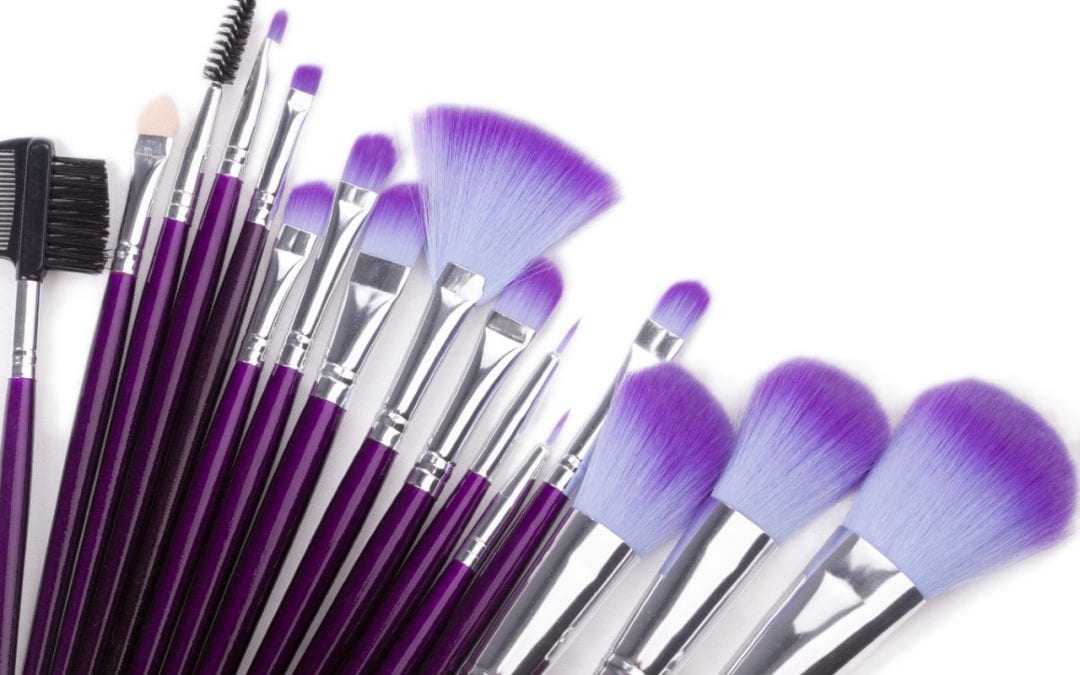Earlier this month, Health Canada released a list of new amendments to both the Restricted and Prohibited Cosmetic Ingredient Hotlists. The list included changes to the classification or conditions of use on four ingredients, all already present on the Cosmetic Ingredient Hotlist. The amendments, as released by Health Canada, are as follows:
Dihydrocoumarin
“This entry was amended from a prohibition to a restriction. The ingredient is naturally occurring in some plant derivatives at low levels. A review of the available scientific data indicated that the ingredient may cause sensitization at higher concentrations but can be used at low levels without significant risk.”
Therefore, Dihydrocoumarin is currently permitted in leave-on products at a maximum concentration of 0.035% and in rinse-off products at a maximum concentration of 3.5%.
Disulfiram, Thiuram, Thiuram disulfides, and Thiuram monosulfides
“These entries were amended to combine the substances under a single entry for Thiurams. The revised entry also encompasses thiuram tetrasulfides which were not previously captured under the Hotlist entries. These substances were all identified to pose similar skin sensitization risks. The combined Hotlist entry was also revised from a prohibition to a restriction because a review of the available scientific data indicated that the ingredients may cause skin sensitization under certain usage conditions but can be used in latex theatrical makeup without significant risk.”
Therefore, Disulfiram, Thiuram, Thiuram disulfides, and Thiuram monosulfides are currently permitted to be used in latex products at a maximum concentration of 14%.
Sodium bromate
“This entry was amended from a restriction to a prohibition. Sodium bromate is toxicologically equivalent to potassium bromate, which has been prohibited since March 2011 due to its carcinogenic potential, as assessed by the Government of Canada’s Chemicals Management Plan (CMP) under the Canadian Environmental Protection Act, 1999 (CEPA, 1999). The two entries were combined into one entry for Bromates.”
Therefore, Sodium bromate is currently prohibited for use in all cosmetic products and listed under the ingredient name Bromates on the Cosmetic Ingredient Hotlist.
Thioglycolic acid and its salts
“This entry was amended to include new conditions regarding hair dye products and products for use in the area of the eye due to changes in ingredient usage.”
Therefore, Thioglycolic acid and its salts are currently permitted in Eyelash curling products at a maximum concentration of 11% (as thioglycolic acid) with a pH less than or equal to 9.5, with the warning statements “For professional use only.”, “Avoid direct skin contact, wear suitable gloves.”, and “Avoid contact with eyes and, in the event of contact with eyes, rinse immediately with plenty of water and seek medical attention.” It is also permitted in hair dyes, waving or straightening products at a
maximum concentration of 8% (as thioglycolic acid) with a pH less than or equal to 9.5 with the following warning statements, “Avoid direct skin contact, wear suitable gloves.”, “Not for use in the area of the eye.” as well as in hair dyes, waving or straightening products for professional use at a maximum concentration of 11% (as thioglycolic acid) with a pH less than or equal to 9.5 and the following warning statements “For professional use only.”, “Avoid direct skin contact, wear suitable gloves.” and “Not for use in the area of the eye.” Lastly, Thioglycolic acid and its salts is permitted for use in depilatory products at a maximum concentration of 5% (as thioglycolic acid) with a pH less than or equal to 12.7 and the following warning statement: “Avoid contact with eyes and, in the event of contact with eyes, rinse immediately with plenty of water and seek medical attention.”
A full list of the changes to the Cosmetic Ingredient Hotlist, including past amendments, can be found here.
For more information, please contact Focal Point Research Inc. We are leading North American Regulatory and New Product Consultants for Medical Devices, Natural Health Products, OTC Drugs, Cosmetics, and other consumer products regulated by Health Canada and the U.S. FDA.


Recent Comments